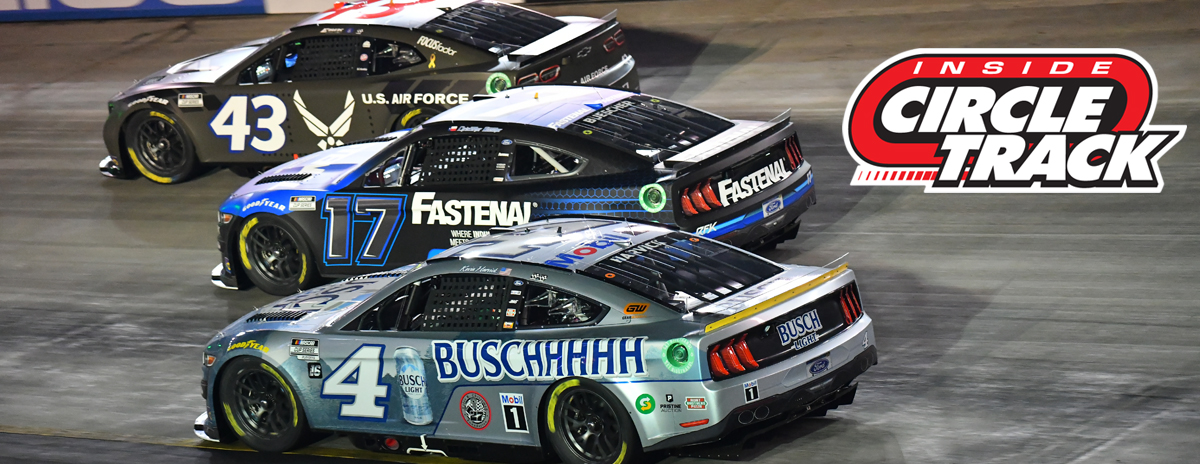
NASCAR’s first visit to Atlanta did produce some pack racing
Speedway Motorsports, Inc. completely reconfigured the Atlanta Motor Speedway prior to the first visit by the NASCAR Cup Series to the track earlier this year with the hope of producing the same type of racing seen at Talladega Super Speedway and the Daytona International Speedway. And to some degree, that was accomplished as the race held on the redesigned 1.5-mile layout did feature some pack racing as well as a couple of ‘Big One’ type accidents. Steeper banking than what had been the case on the old AMS configuration as well as a tighter racing groove generated high speeds and tight packs causing the sanctioning body to employ the same sort of rule packages at Talladega and Daytona.
Even though William Byron did lead almost one-third of the race on his way to a victory, there were many lead changes throughout the day in the Folds of Honor Quick Trip 500.
Now, the NASCAR Cup Series is set to make a return visit to the facility located just south of Georgia’s capital city to contest the Quaker State 400 presented by Walmart. Significantly, this will be the first return trip to any track for the series in 2022 and the first time the Next Gen car will run its second race at the same venue.
The Next Gen has proven to be somewhat of a difficult puzzle for NASCAR’s teams during the first half of the season in all sorts of ways. The machine’s handling characteristics, mechanical components, aerodynamics and every other aspect have forced drivers and crew members to relearn and adjust their ways of doing things on a weekly basis. The car is so radically different from that which was previously known that even the pit stops have proven to be a challenge.
Sunday afternoon’s event will mark the first time crew chiefs will show up with a notebook filled with information from practice, qualifying, and a race event that were compiled on the very track at which they are racing with their new car. There have been times this year in which cars have rolled onto a track similar to another on which they had competed but not one in which the track was exactly the same. As a result, teams can see first hand whether or not the adaptations they have made are showing real progress.
Still, there will be differences. The heat of summer will play a factor in track conditions as opposed to those of the spring. The hotter the track, obviously, the more treacherous the handling of the car. If in fact there is pack racing on the now high speed track, that could make the racing all the more tricky.
But the real question facing NASCAR’s teams this week is how much they can learn in the first return trip to any track with this new car. Further, how much can they apply to what they learned back in March in their first trip to the new Atlanta to this event.
Simulations and other programs applied by the engineers as well as notes gathered from other tracks are adding stores of information every week. But there is nothing like racing on the same track.
And more, this weekend will provide an opportunity to learn more about Atlanta itself. Whether this venue will actually prove to be another Talladega or Daytona remains to be seen but this race may go a long way toward determining that.
Every race weekend is important on the NASCAR Cup Series but this one may prove to be more so than most because of the series return to a track that had already been used once this year and it will be the second running of a race on a track that had been totally redesigned during this past off-season. Indeed, there is much to learn this weekend.
Please consider also reading:
Richard Allen has been covering NASCAR and other forms of motorsports since 2008.
Respond to this piece on Twitter –> @RichardAllenIDR
or on Facebook –> InsideCircleTrack/Facebook
